EMOLLIENTS - TOPICAL
PHONETIC PRONUNCIATION:
GENERIC NAME(S): petrolatum,white
Uses
USES: This medication is used as a moisturizer to treat or prevent dry, rough, scaly, itchy skin and minor skin irritations (e.g., diaper rash, skin burns from radiation therapy). Emollients are substances that soften and moisturize the skin and decrease itching and flaking. Some products (e.g., zinc oxide, white petrolatum) are used mostly to protect the skin against irritation (e.g., from wetness). Dry skin is caused by a loss of water in the upper layer of the skin. Emollients/moisturizers work by forming an oily layer on the top of the skin that traps water in the skin. Petrolatum, lanolin, mineral oil and dimethicone are common emollients. Humectants, including glycerin, lecithin, and propylene glycol, draw water into the outer layer of skin. Many products also have ingredients that soften the horny substance (keratin) that holds the top layer of skin cells together (e.g., urea, alpha hydroxy acids such as lactic/citric/glycolic acid, and allantoin). This helps the dead skin cells fall off, helps the skin keep in more water, and leaves the skin feeling smoother and softer.
How to use EMOLLIENTS - TOPICAL
HOW TO USE: Use this product as directed. Some products require priming before use. Follow all directions on the product package. If you are uncertain about any of the information, consult your doctor or pharmacist. Some products need to be shaken before use. Check the label to see if you should shake the bottle well before using. Apply to the affected areas of the skin as needed or as directed on the label or by your doctor. How often you apply the medication will depend on the product and your skin condition. To treat dry hands, you may need to use the product every time you wash your hands, applying it throughout the day. If you are using this product to help treat diaper rash, clean the diaper area well before use and allow the area to dry before applying the product. If you are using this product to help treat radiation skin burns, check with radiation personnel to see if your brand can be applied before radiation therapy. Follow all the directions on the label for proper use. Apply to the skin only. Avoid sensitive areas such as your eyes, inside your mouth/nose, and the vaginal/groin area, unless the label or your doctor directs you otherwise. Check the label for directions about any areas or types of skin where you should not apply the product (e.g., on the face, any areas of broken/chapped/cut/irritated/scraped skin, or on a recently shaved area of the skin). Consult your doctor or pharmacist for more details. Use this medication regularly to get the most benefit from it. Most moisturizers need water to work well. Apply the product after bathing/showering while the skin is still damp. For very dry skin, your doctor may instruct you to soak the area before using the product. Long, hot, or frequent bathing/washing can worsen dry skin. If your condition persists or worsens, or if you think you may have a serious medical problem, seek immediate medical attention.
Side Effects
Precautions
Interactions
Overdose
Images
Reviews
Faq for EMOLLIENTS - TOPICAL
Emollients are substances applied topically to moisturize and soothe dry, itchy, or irritated skin. They help improve the skin's barrier function and retain moisture.
Emollients work by forming a protective layer on the skin's surface, preventing water loss and restoring moisture. They also help to soften and smooth the skin, reducing dryness and irritation.
Emollients can be used for various skin conditions, including dry skin, eczema, psoriasis, dermatitis, and ichthyosis. They are also beneficial for individuals with sensitive skin or those experiencing skin irritation due to external factors.
Yes, emollients are generally safe to use. However, it is essential to choose an appropriate emollient based on your skin type and conditions. Some individuals may be allergic to certain ingredients, so it is advisable to test a small amount on a patch of skin before widespread application.
The frequency of emollient application depends on individual needs and the severity of the skin condition. However, a general rule of thumb is to apply emollients at least twice a day, or as directed by your healthcare provider.
Yes, emollients can be used on the face. However, it is crucial to choose a non-comedogenic emollient specifically formulated for facial use. These emollients are less likely to clog pores and cause acne breakouts.
Emollients are most effective when applied immediately after bathing or showering. Pat the skin dry with a towel and then apply the emollient while the skin is still slightly damp. This helps seal in moisture and enhances the absorption of the product.
Yes, emollients can be safely used on infants and children. However, it is advisable to choose emollients specifically formulated for pediatric use and consult with a healthcare professional for individualized recommendations.
Emollients are generally well-tolerated, but a few possible side effects can include skin irritation, allergic reactions, or stinging sensations. If any adverse reactions occur, discontinue use and consult a healthcare professional.
Disclaimer
IMPORTANT: HOW TO USE THIS INFORMATION: This is a summary and does NOT have all possible information about this product. This information does not assure that this product is safe, effective, or appropriate for you. This information is not individual medical advice and does not substitute for the advice of your health care professional. Always ask your health care professional for complete information about this product and your specific health needs.
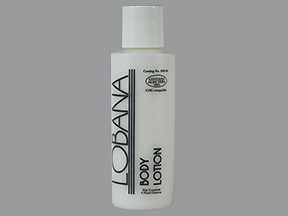
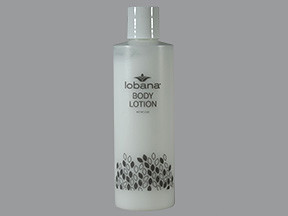

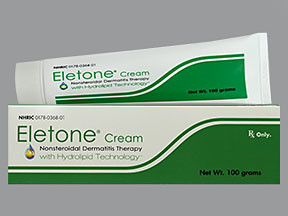
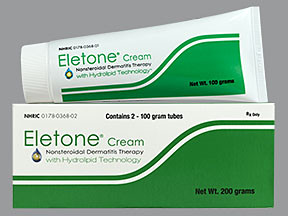
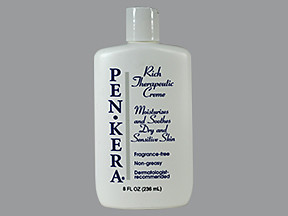
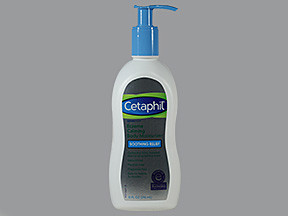
For dry skin: THIS IS LITERALLY GOD OK LITERALLY GOD IN A JAR
By me on 30 Jan, 2021
For : Please let me order Geritrex Lanolin Hydrous GRx Ointment 541620559501 or refer me to a pharmacy that will sell me your product.
By dalias on 31 Jul, 2025
For : I've been taken this specific Lanolin Hydrous GRX ointment since my youth for 50 Years. PLEASE HELP ME ORDER A 5 PACK NOW. I need a telephone number or an online email order form to order now. My e-mail is: chrisnychelsea@yahoo.com. Thank you
By Dalias on 02 Aug, 2025